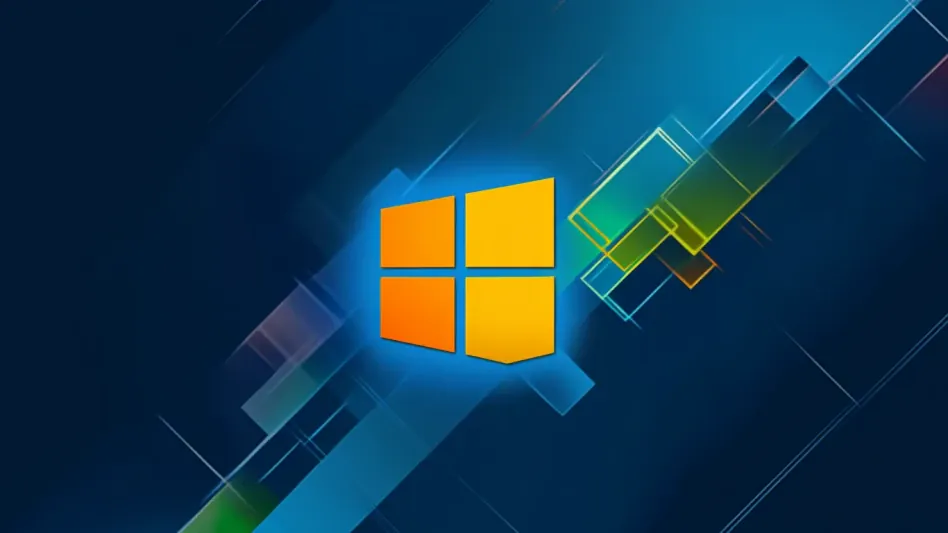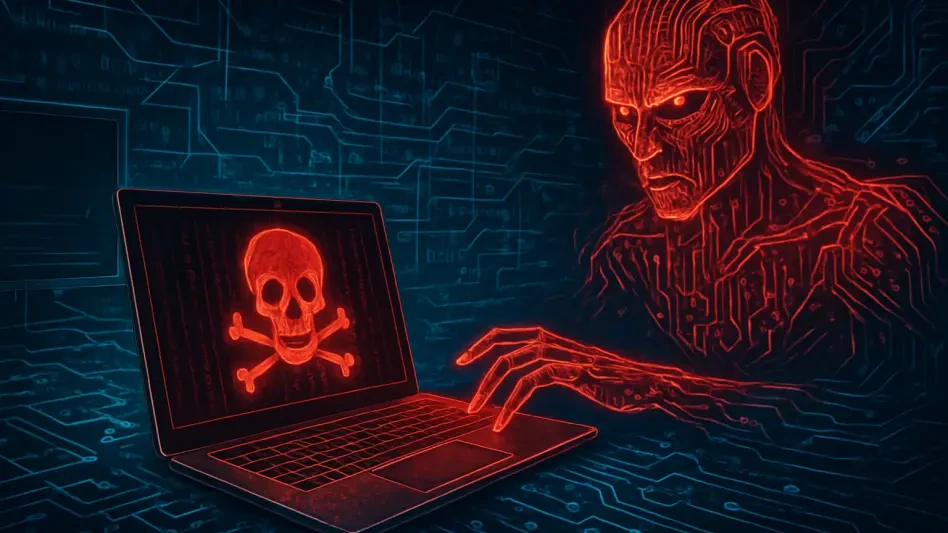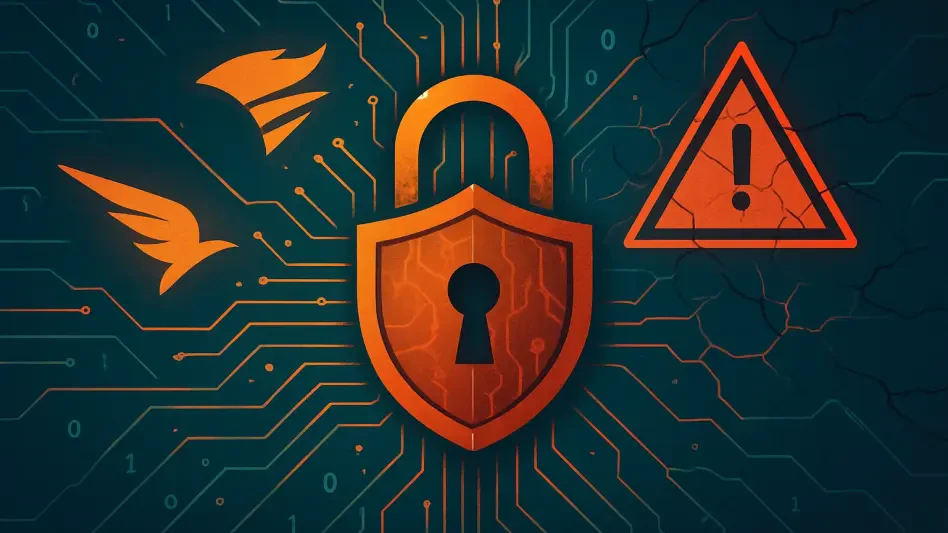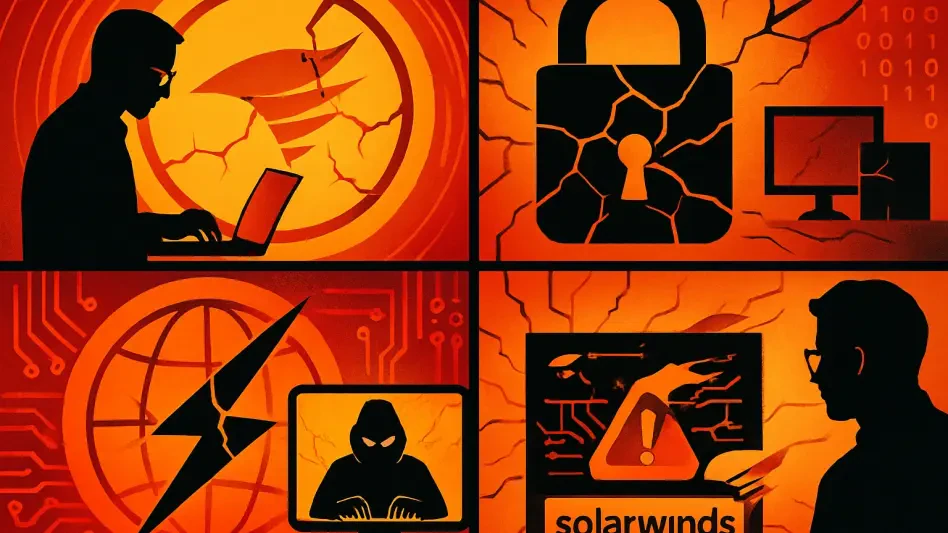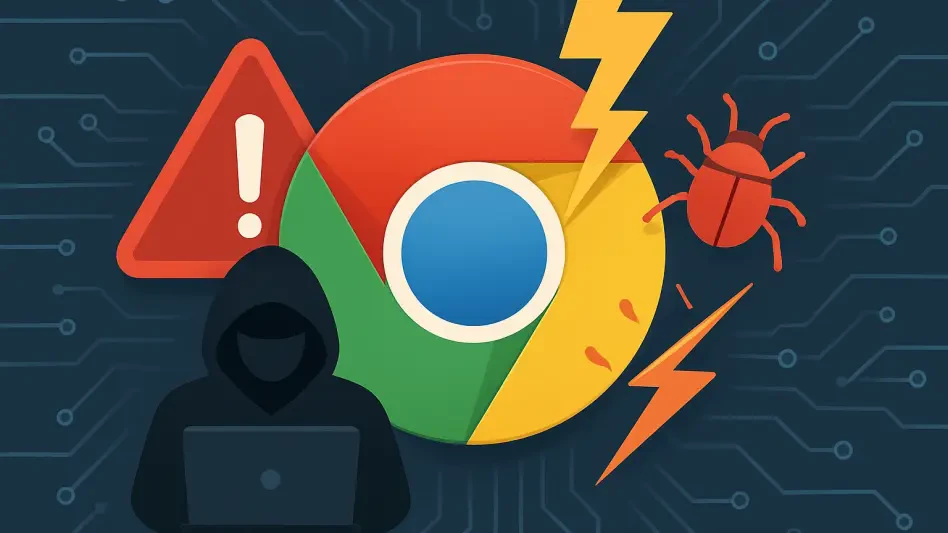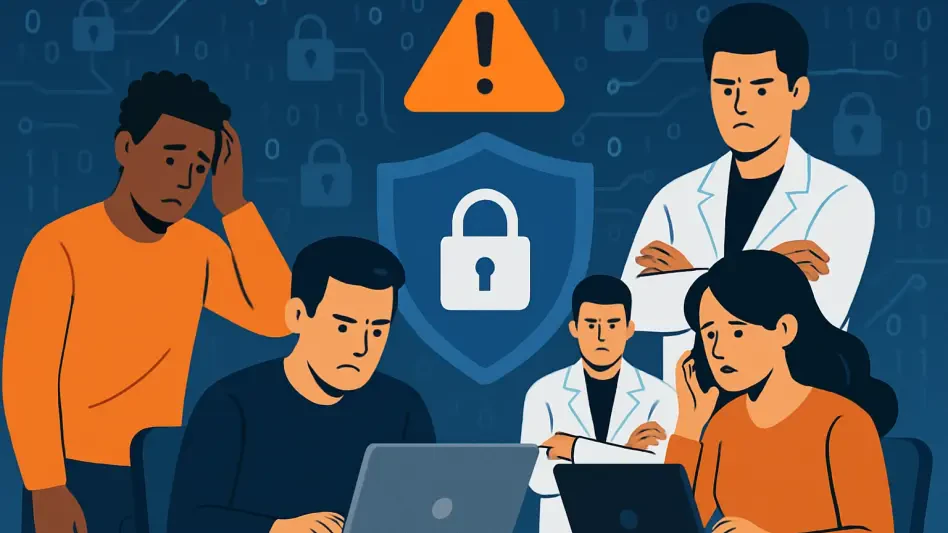Microsoft’s latest Patch Tuesday update brings major security fixes that users and organizations need to implement immediately. With 57 vulnerabilities addressed, including six zero-day exploits, this update underscores the critical nature of timely system patching. In the ever-evolving landscape of cybersecurity threats, keeping systems up-to-date with the latest patches is more important than ever. As cybercriminals continue to devise more sophisticated methods of exploitation, ensuring that all potential entry points are secured is paramount for maintaining an organization’s integrity and resilience.
Addressing the Volume of Vulnerabilities
The March 2025 update tackles a diverse array of vulnerabilities, demonstrating the extensive range of potential threats faced by users. With 23 Elevation of Privilege (EoP) and 23 Remote Code Execution (RCE) vulnerabilities included, the scope of this release is considerable. Such a number of vulnerabilities is a stark reminder of the evolving complexity and sophistication of cyber threats. This necessitates a proactive stance on cybersecurity from all users and administrators. It highlights the critical need for ongoing vigilance and swift action to combat various forms of cyberattacks.
The comprehensive nature of these vulnerabilities means that they can potentially affect a wide range of Microsoft software products and services. From Elevation of Privilege, which allows attackers to gain unauthorized access with elevated permissions, to Remote Code Execution, which can enable attackers to execute malicious code on unpatched systems, the need for these patches is evident. Ensuring that every potential access point is secured through these updates can stave off significant security breaches and protect sensitive data from being compromised.
Zero-Day Vulnerabilities in Focus
Among the 57 fixed vulnerabilities are six zero-day exploits that were actively being used by attackers. These zero-day vulnerabilities represent the most immediate threats and require urgent attention. The zero-day flaws span critical components of the Windows ecosystem, including the Microsoft Management Console (CVE-2025-26633) and Windows Fast FAT File System Driver (CVE-2025-24985). The recurrence of such issues in core components highlights ongoing security concerns that need to be addressed continually.
Zero-day vulnerabilities are particularly dangerous as they are exploited before developers have a chance to create and distribute patches. This makes them a favored tool of cybercriminals looking to exploit security weaknesses to their advantage. The identification and patching of these vulnerabilities demonstrate the critical nature of Microsoft’s ongoing efforts to bolster their systems against these formidable threats. It is imperative for users and administrators to prioritize the application of these patches to mitigate risks effectively.
High Stakes in Windows Infrastructure
Exploits like those found in the Windows Win32 Kernel Subsystem (CVE-2025-24983) and Windows New Technology File System (NTFS) (CVE-2025-24993) indicate a strategic focus by attackers on foundational elements of Windows infrastructure. Exploiting these components can yield significant control over affected systems. Such vulnerabilities underscore the importance of maintaining robust and current security measures, especially for critical infrastructure elements within Windows.
Taking control of vital system components can allow attackers to execute a range of malicious activities. This could range from stealing sensitive data to compromising system integrity. The higher the level of access, the more damage potential. Strengthening the defenses around these core elements through timely updates and patches is essential. Security patches addressing vulnerabilities in fundamental system components are crucial in preventing attackers from gaining deep system access.
The Role of User Interaction
Several vulnerabilities, such as CVE-2025-24993 and CVE-2025-24991, emphasize the role of user interaction in their exploitation. These exploits often rely on social engineering tactics, which manipulate users into performing risky actions, such as mounting specially crafted virtual hard disks (VHDs). Educating users about recognizing and avoiding such malicious attempts is as crucial as the technical patching itself. By staying vigilant about interactions, users can act as the first line of defense against such vulnerabilities.
The reality of social engineering is that it targets the human element, often seen as the weakest link in any security setup. Users may not always be aware of the tactics employed by attackers to deceive them into compromising their systems. Regular training sessions and awareness programs can empower users with the knowledge to identify and avoid potential threats. This, combined with stringent technical measures, can significantly bolster an organization’s overall security posture.
The Importance of Security Feature Bypass Fixes
The inclusion of Security Feature Bypass vulnerabilities, such as CVE-2025-26633 in the Microsoft Management Console, in this month’s patch underscores the need for airtight security controls within the system’s inherent features. Addressing these types of vulnerabilities is vital for ensuring that the security measures in place are not easily circumvented by attackers, maintaining the integrity of system defenses.
Security Feature Bypass vulnerabilities pose a significant risk because they can undermine built-in security measures, making other protections ineffective. Patches that address these vulnerabilities ensure that the foundational security controls meant to protect systems cannot be easily bypassed. A robust approach to fixing these vulnerabilities ensures that systems remain resilient against efforts to disable or undermine critical security features. This is essential in maintaining a secure computing environment that can withstand targeted attacks.
Immediate Action Required
The active exploitation of these zero-day vulnerabilities necessitates immediate action. System administrators and users must prioritize installing the latest patches to safeguard their systems against known vulnerabilities. Timely updates and implementing these patches can significantly reduce the risk of exploitation, reinforcing the need for an everyday strategy towards maintaining system security. Immediate action ensures that systems stay ahead of potential exploits and security breaches, making it harder for attackers to infiltrate.
Delays in applying these patches could leave systems exposed to exploits, potentially resulting in severe repercussions such as data theft, loss of sensitive information, and interruption of critical operations. By prioritizing the application of these patches, organizations can demonstrate a commitment to proactive security, protecting themselves and their stakeholders from preventable harm. Additionally, staying abreast of the latest security updates ensures that security measures evolve in line with emerging threats.
Strengthening Security Configurations
Beyond patching, enhancing security configurations stands as a critical step. Organizations should conduct regular security audits and align configurations with industry best practices to minimize potential attack vectors. Simple measures such as enforcing strict user permissions, controlling access to external drives, and monitoring system logs can help strengthen the overall security posture.
Regular audits help in identifying and addressing any gaps in security configurations, keeping systems fortified against evolving threats. Limiting user permissions to only necessary levels of access can reduce the risk of malicious actions being carried out. Also, controlling access to external storage devices can prevent the unauthorized introduction of malicious software. Constant vigilance in monitoring system activities ensures that any suspicious behavior can be swiftly dealt with before it escalates into a full-blown security incident.
Proactive Security Measures
Proactive measures, including educating users, maintaining up-to-date systems, and continuous monitoring, provide a resilient defense against evolving cyber threats. Organizations must keep these strategies at the forefront of their security policies. Engaging users in security best practices and ensuring they understand the risks of social engineering attacks can greatly contribute to the broader security effort.
A proactive approach in cybersecurity involves anticipating potential threats and preparing defenses accordingly. This includes staying informed about new vulnerabilities and the latest security patches, engaging users in continuous training and awareness programs, and making sure that all systems are regularly updated and monitored. By prioritizing these proactive steps, organizations can build a strong defense mechanism to counteract the ever-evolving array of cyber threats, ensuring robust protection.
Staying Ahead of Cyber Threats
Microsoft has rolled out its latest Patch Tuesday update, addressing 57 security vulnerabilities. Among these, six are zero-day exploits, which underscores just how critical it is to install these updates promptly. In the ever-changing landscape of cybersecurity threats, regularly updating systems with the latest security patches is crucial.
Cyber threats are becoming more sophisticated as attackers develop new, advanced methods to exploit system weaknesses. It’s more important than ever to ensure all potential entry points in your network and systems are secured. By doing so, organizations can protect their integrity and maintain resilience against cybercriminal activities. If these patches aren’t implemented quickly, the risks to data security and overall system functionality can be significant.
It’s vital for both individual users and organizations to take these updates seriously. Timely patching helps prevent unauthorized access, data breaches, and other potential damages that can result from these vulnerabilities. In sum, keeping systems up-to-date is a key defense mechanism against an increasing range of online threats. This latest Patch Tuesday update from Microsoft serves as a stark reminder of the importance of proactive cybersecurity measures.

